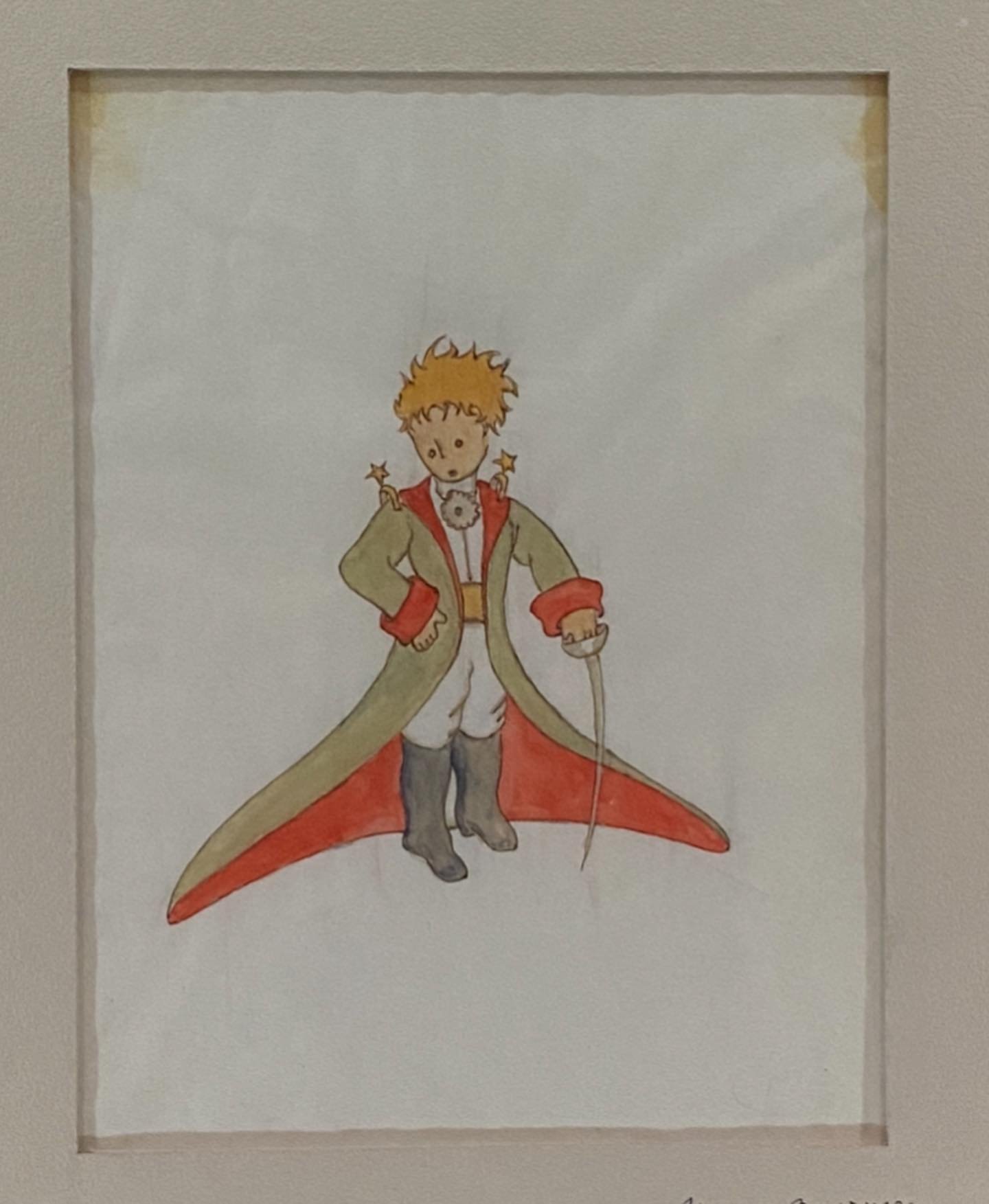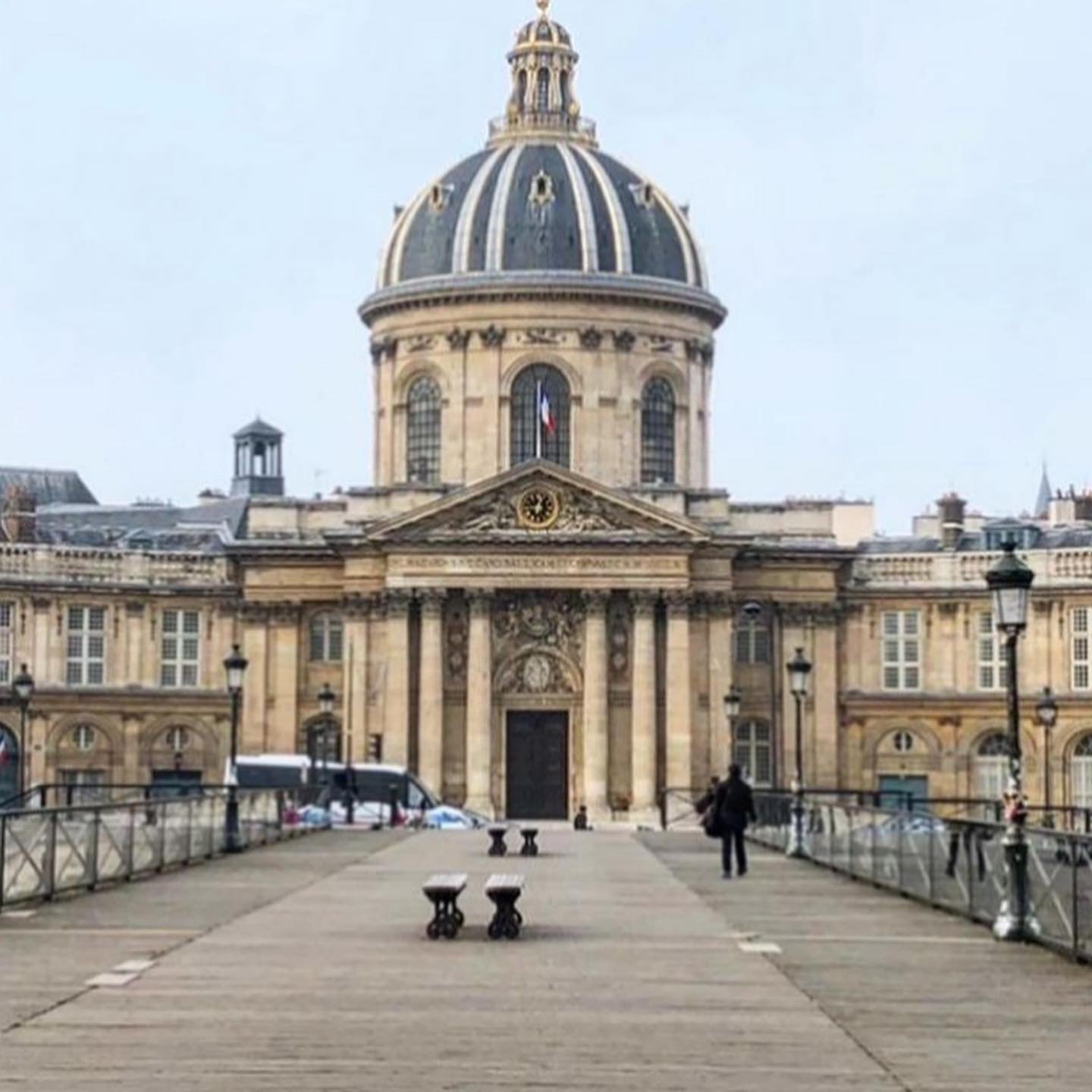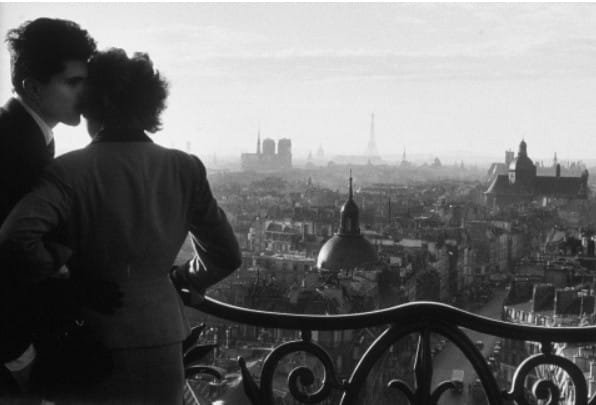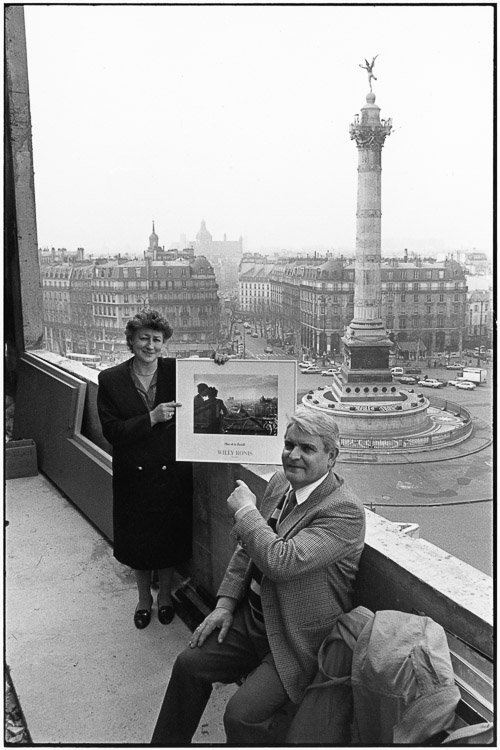The end of Marie de Medicis life wasn’t so wonderful. After the many disagreements and exiles from her son, King Louis XIII. In 1617, when he finally pulled the crown from her clutches he sent her into exile at the Chateau de Blois. Two years later she escaped out her window and eventually was allowed back into Paris. Happily returning to the building of her palace that was a reminder of her days growing up in Florence.
In 1612 she purchased the vast location on the left bank owned by the Duc de Luxembourg. Bringing in Italian artists she had a palace designed just for herself.
On April 2, 1615 she laid the first stone but would be exiled within two years. Upon her return in 1621 she poured herself into finishing and by 1625 moved into the first floor of the west end in the mostly unfinished palace.
Her days back at court were made difficult by the Cardinal Richelieu who had more of an influence over her son. Trying to get him ousted it would only backfire and once again she was sent away.
On her way to Germany she stopped for the night and unbeknownst to her, Louis XIII had set a trap for his mother. Stripped of her title and pension she would never return to Paris or her palace. On July 3, 1642 Marie de Medicis would die of pleurisy, leaving her palace and the land to her other son, Gaston Duc d’Orleans.
The palace would finally be finished and passed down within the family. During World War II the Germans took it over as a headquarter and is now the home of the French Senate. Opened once a year on the Journee de Patrimoine in September it is a must see if you are in Paris. Some of the rooms have been left unchanged since the days of Marie and you can see a rare slice of life in the early 17th century of Paris.
The Jardin du Luxembourg however is open for anyone to walk through. The Medicis fountain tucked away under the trees is different from what she originally envisioned but it is still one of the most beautiful places in all of Paris. Stretching out from the palace like a delicate pear necklace, the statues of the 20 women in French history of course includes Marie de Medicis. Check out the podcast episode we did all about her life















































































